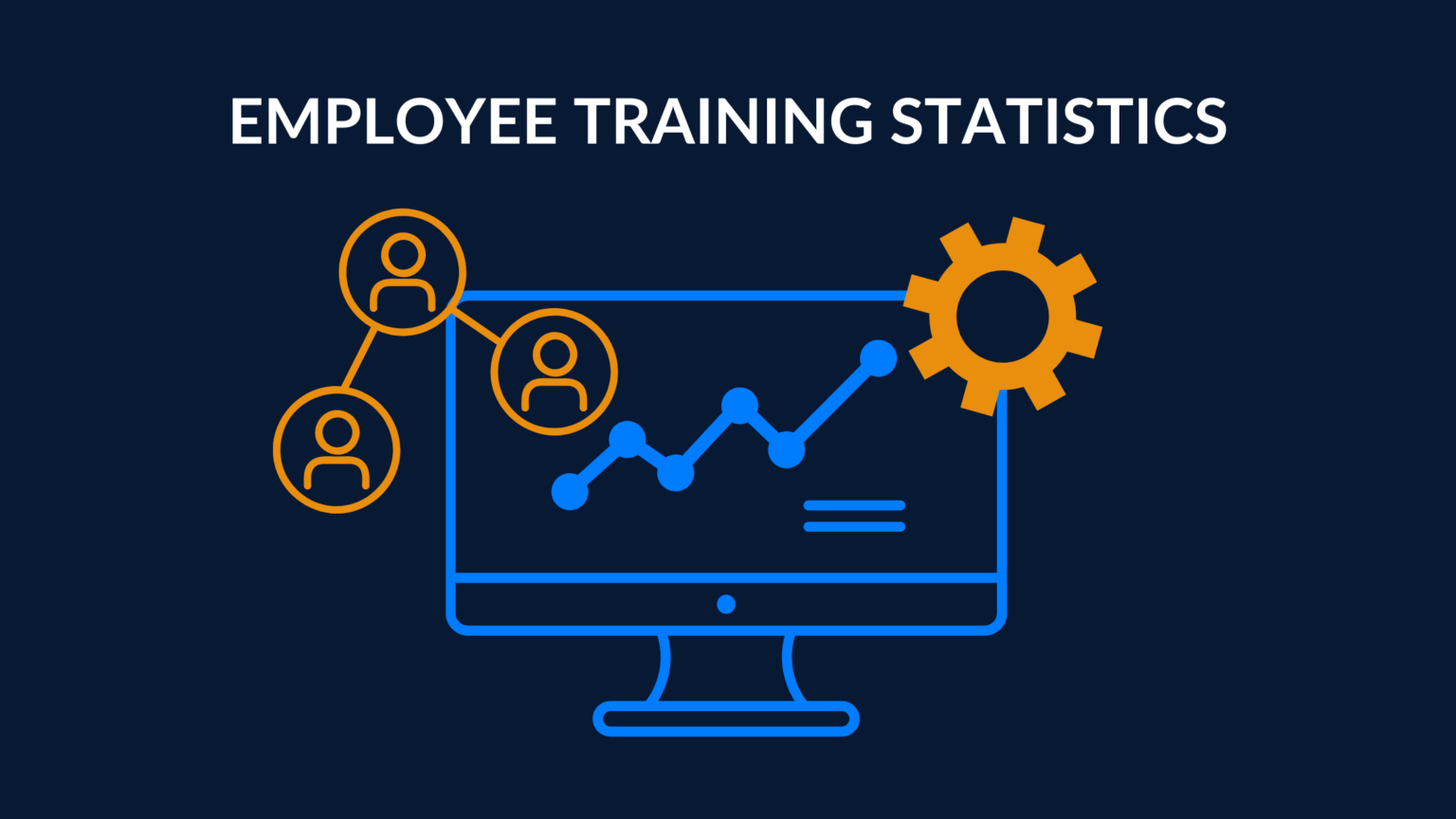How To Use eLearning For Employee Training
Employee training is necessary for new recruits as well as for existing employees; it is important for the former so that they can execute their duties efficiently, and for the latter so that they can learn new skills and advance their professional and personal goals, benefiting the organization in the process. Employee training thus can be of various types; 6 types to be precise, and all these types of employee training can be delivered using eLearning. In this article, let us take you through these 6 types of employee training, and show how eLearning makes them better.
1. Orientation
Let us begin with orientation which is usually the first type of training an employee gets as soon as they set foot in an organization. Orientation consists of familiarizing the new employee with the organization’s mission, vision, and values, the organization’s corporate culture, key corporate policies, and benefits as well as its organizational structure. The orientation also includes all the necessary paperwork required when a new individual is recruited. All this is done using eLearning courses these days and, sometimes, done even before the employee sets foot in the organization, this is known as pre-onboarding.
2. Onboarding
Then, of course, comes onboarding, which is presently a very popular type of employee training done via means of eLearning; although, nothing new in corporate organizations. While orientation is organization-specific, onboarding is department-specific and is done to familiarize the new employee with the department they are going to be working in, so that they can fit in and succeed in their new roles in a short period of time. Unlike orientation, which is a one-time training done on the first day, onboarding usually takes anywhere from one month to 90 days depending upon the organization.
3. Tech-Skills Development
A certain amount of technical skills are required by all employees, although the level of technical skills required may be different for each employee depending upon their job role. Tech-skills development is fundamental in employee education and something which needs to be done on a regular basis, in order to keep employees updated with the latest technical know-how. Tech-skills development usually involves courses on (in corporate eLearning) content writing, Data Analysis, social media management, Search Engine Optimization, coding, and programming, etc. to name a general few; although technical skills differ from organization to organization and industry to industry.
4. Soft-Skills Development
While technical skills may be necessary for professional efficiency and growth, the so-called “soft skills” are equally important. These are desirable attributes necessary for the personal growth of the employees, as well as imperative for an efficient, respectful and collaborative organizational culture. Soft skills that are usually inculcated in employees include communication skills, presentation skills, problem-solving skills, conflict resolution skills, leadership skills, emotional intelligence, time-management skills, ethics, teamwork, and adaptability. Soft-skills development is another popular type of training that takes place through eLearning a lot.
5. Product And Services Training
This is the big one. Product and services training is mandatory in order to educate employees about any existing product and services their organization provides to its customers or any new product or service it may be rolling out. The importance of this type of training cannot be overstated, as it deals with the most important aspect of the business. Product and services training is done regularly to keep all employees up to date with the organization’s current offerings and is beautifully executed through eLearning.
6. Mandatory Training
There are certain types of employee training that organizations are supposed to provide their employees by law or risk legal consequences. These include compliance training, safety regulations training, and sexual harassment training, to name a few. These are sometimes supplied by the government itself and may differ from industry to industry. They are usually in the form of eLearning nowadays.
eLearning is the quickest and the most efficient way to deliver all of the above types of training to corporate employees; and, organizations are beginning to understand that. Hiring competent eLearning professionals will ensure that the eLearning courses created for the purpose of training are effective, engaging and easily-retained.










